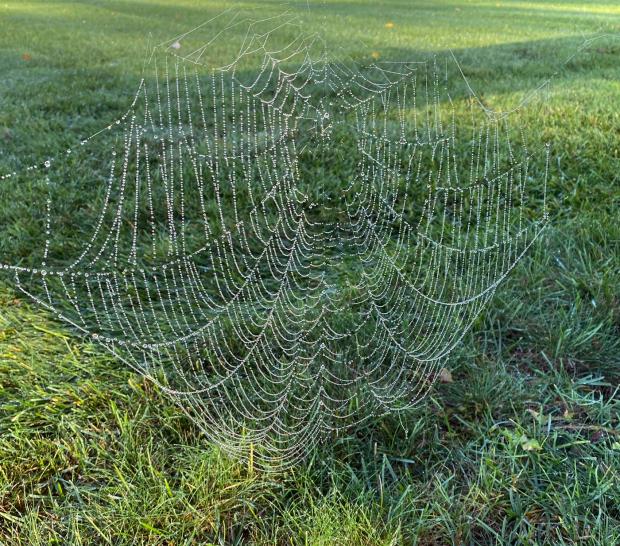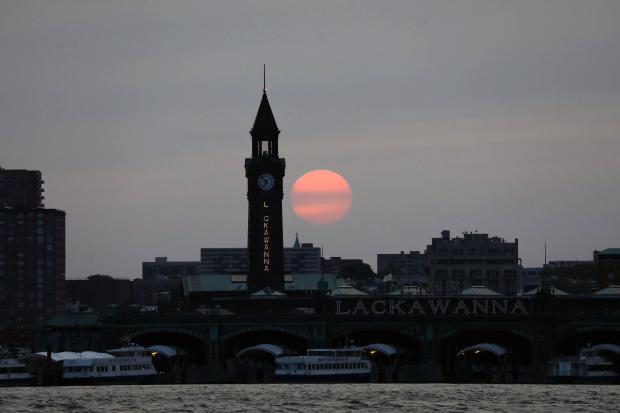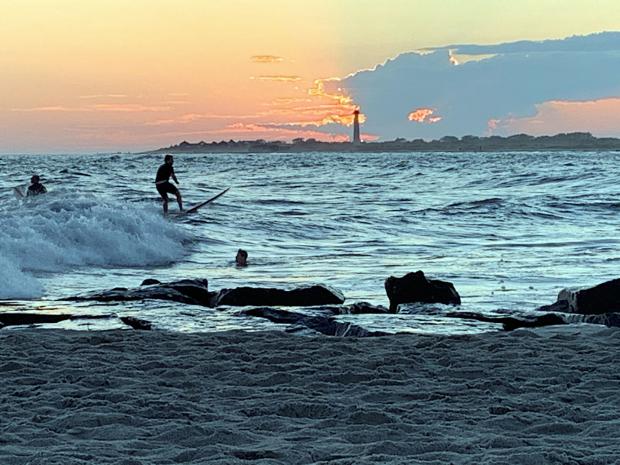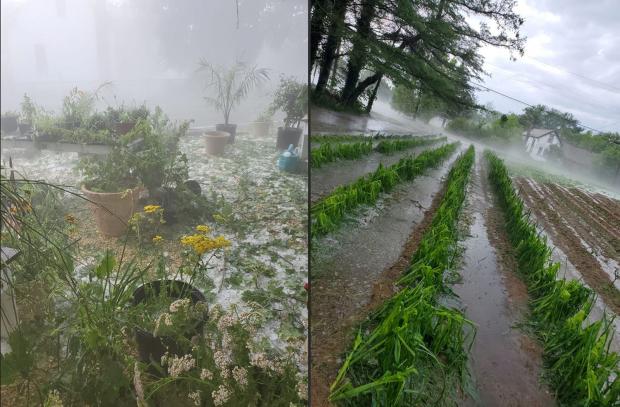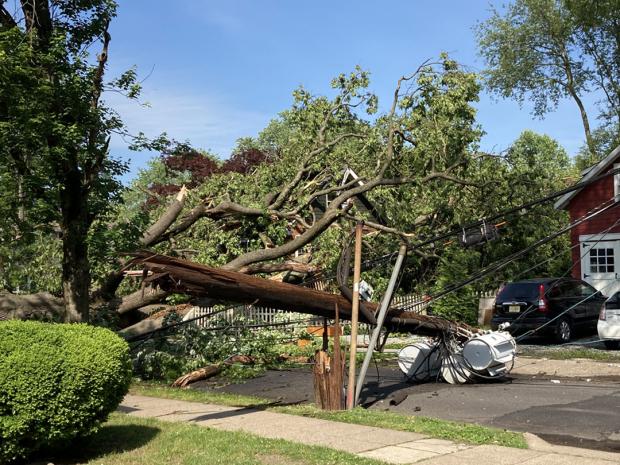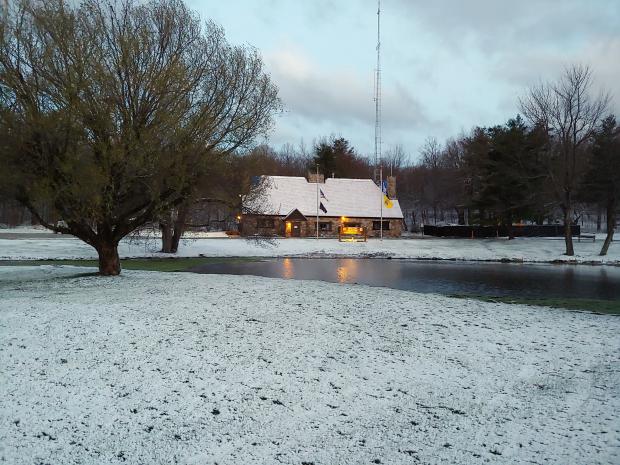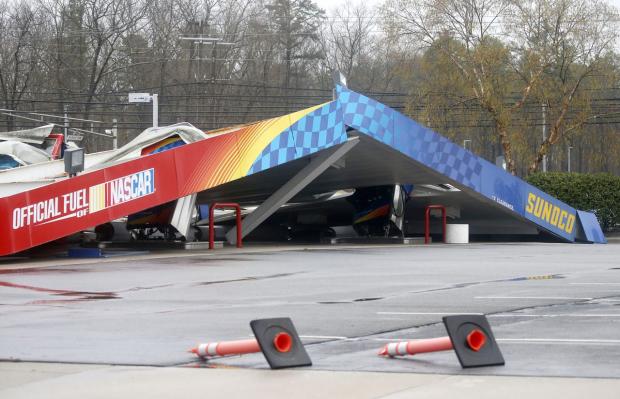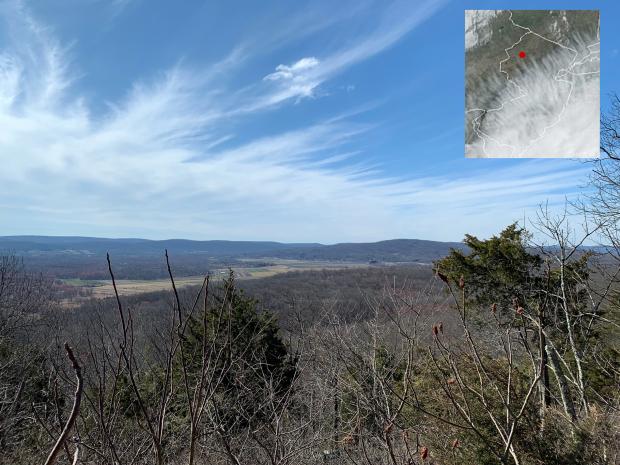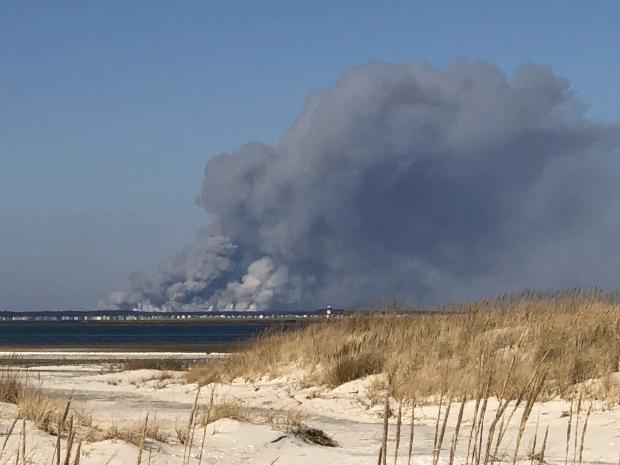The Heat Goes On: November & Fall 2020 Recaps
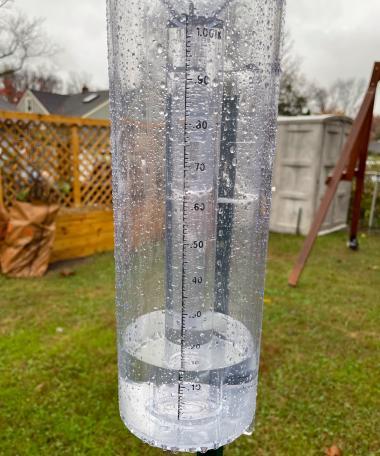
November 2020 enters the New Jersey climate record book as the third warmest (tied with 2009). The statewide mean of 49.2° was 4.0° above the 1981–2010 normal. This month joins six Novembers from this century among the seven warmest of the past 126 years. Six of the past 12 months have ranked in the top nine for warmth. Of the first 11 months of 2020, only April and May averaged below normal. The average temperature for the first 11 months is 57.1°. This is 2.7° above normal and ranks as the second warmest such interval. Only 2012 was warmer, with both years likely to retain this ranking for the calendar year unless an extremely cold or warm December occurs, which, as this report is written, appears unlikely.
Statewide precipitation total for November was 3.91”. This was 0.30” above the 1981–2010 normal and ranks as the 43rd wettest of the past 126 years. The southern half of the state was on the wetter side of normal while the north on the dry side. This was seen in the divisional numbers that had the south come in with 4.43”, which is 0.98” above average 33rd wettest, while the north averaged 3.09”, which is 0.77” below average and ranks 78th wettest (49th driest).


